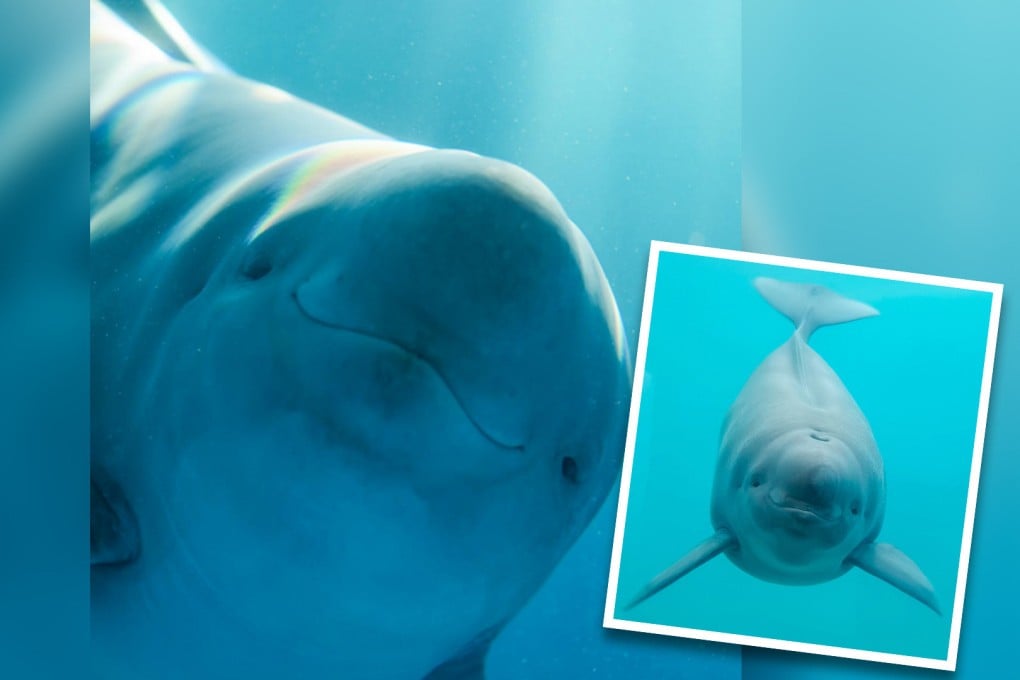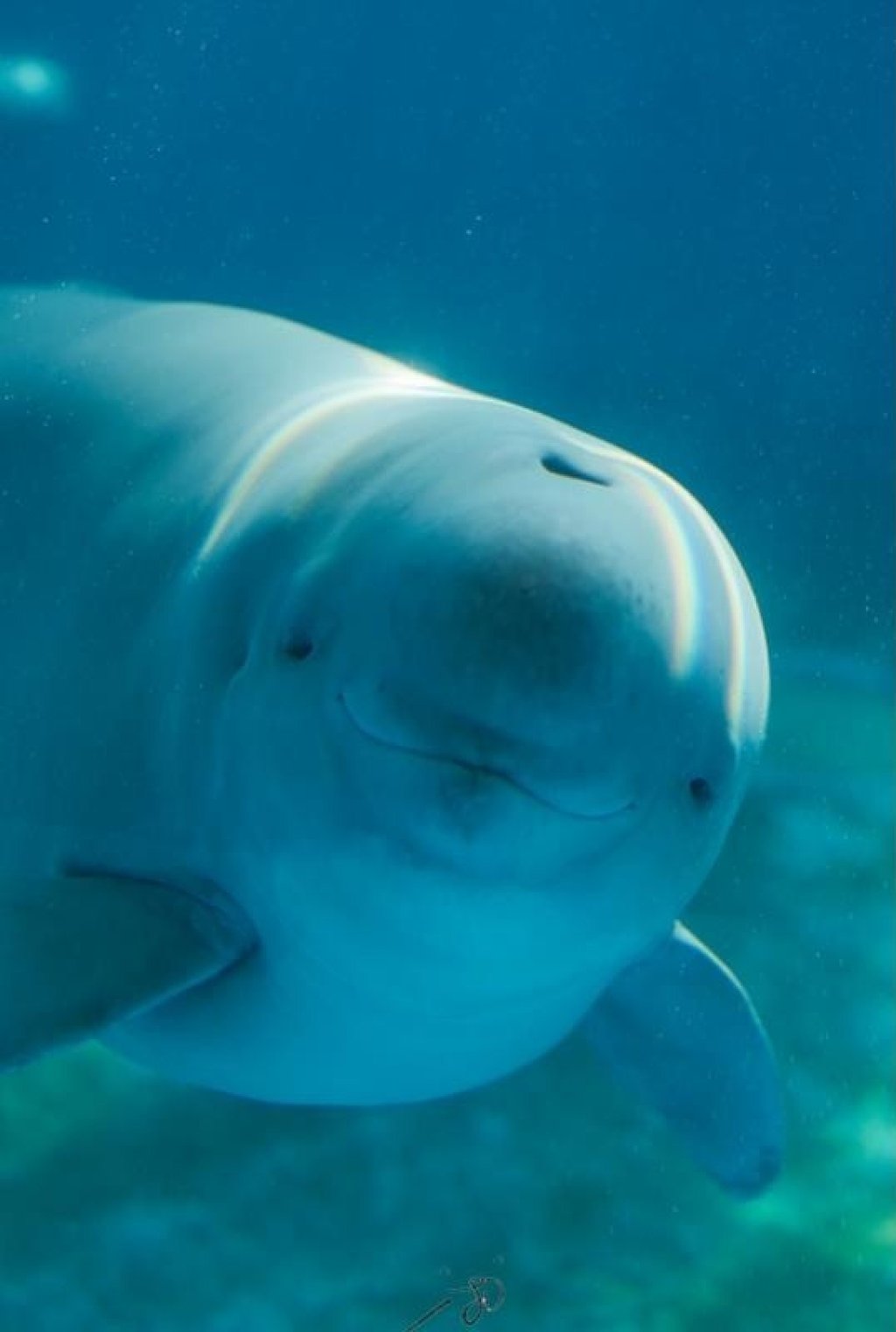‘Little baby’: Chinese social media names artificially-bred Yangtze finless porpoise to draw attention to critically endangered species
- The Yangtze finless porpoise has seen a steep population decline in the past 30 years and is considered critically endangered
- Three mainland Chinese organisations held a naming competition to bring public attention to the plight of the species

Facing a declining population, attempts to save the Yangtze finless porpoise range from fishing bans to raising public awareness and even using artificial breeding to learn how to protect the animals.
As part of International Freshwater Dolphin Day on October 24, a trio of mainland Chinese organisations arranged an online competition to name the porpoise, according to China Daily.

The winning name was Hanbao, a mash-up of words that could mean “little baby” or “treasure” while also winking at the porpoise’s birthplace of Wuhan.
The competition received 1,211 name suggestions, which then went to a public poll, with Hanbao winning 42 per cent of the votes. The competition was an attempt to raise public awareness about protecting the freshwater finless porpoise population.
Hanbao is the son of a female porpoise named Tao Tao, who was the world’s first finless porpoise born through artificial breeding.
The breeding programmes are important because the Yangtze finless porpoises have experienced a steep population decline in the past 30 years, mostly attributed to human activity.
According to a CGTN news article from October, the population fell from an estimated 2,500 in 1991 to 1,012 in 2017.